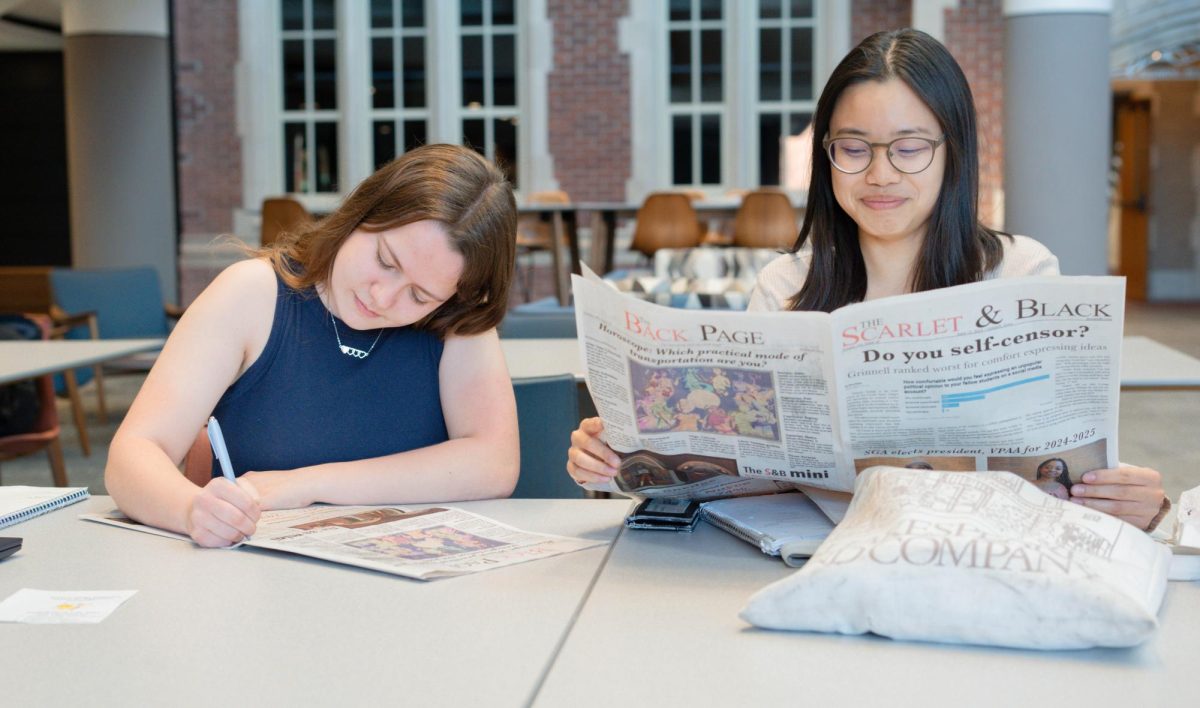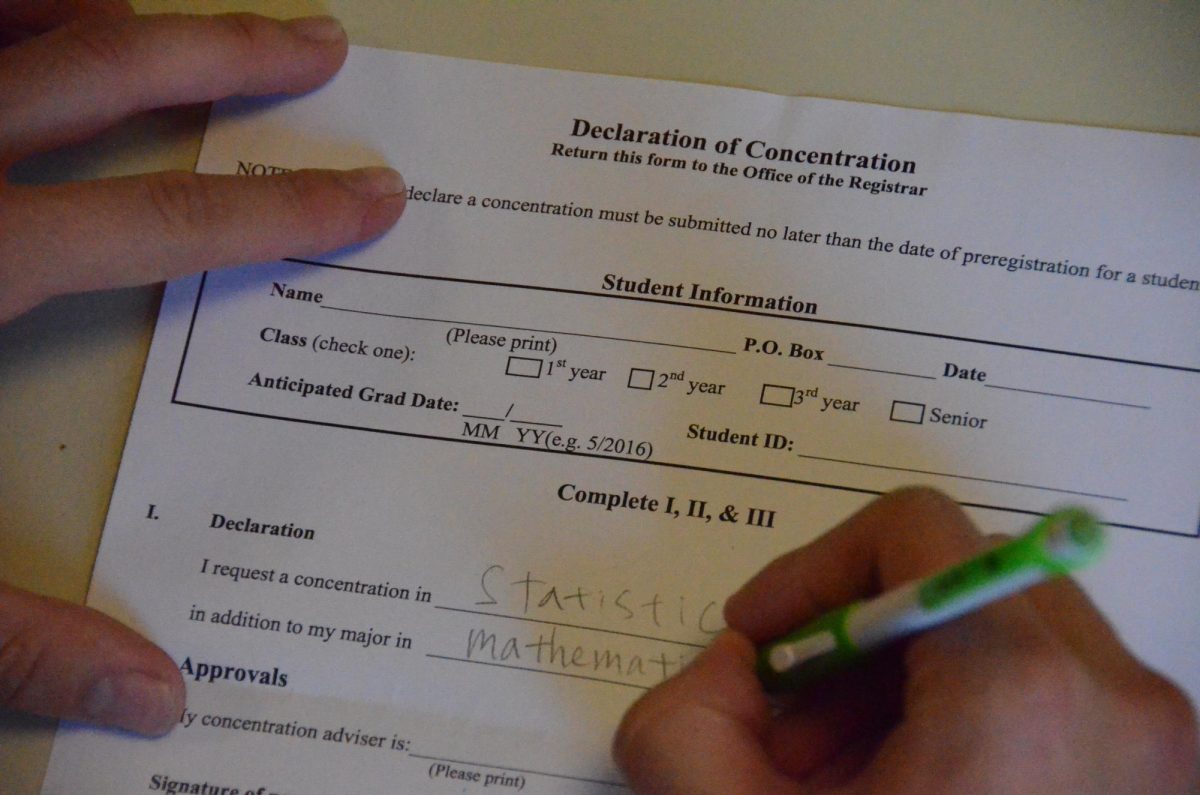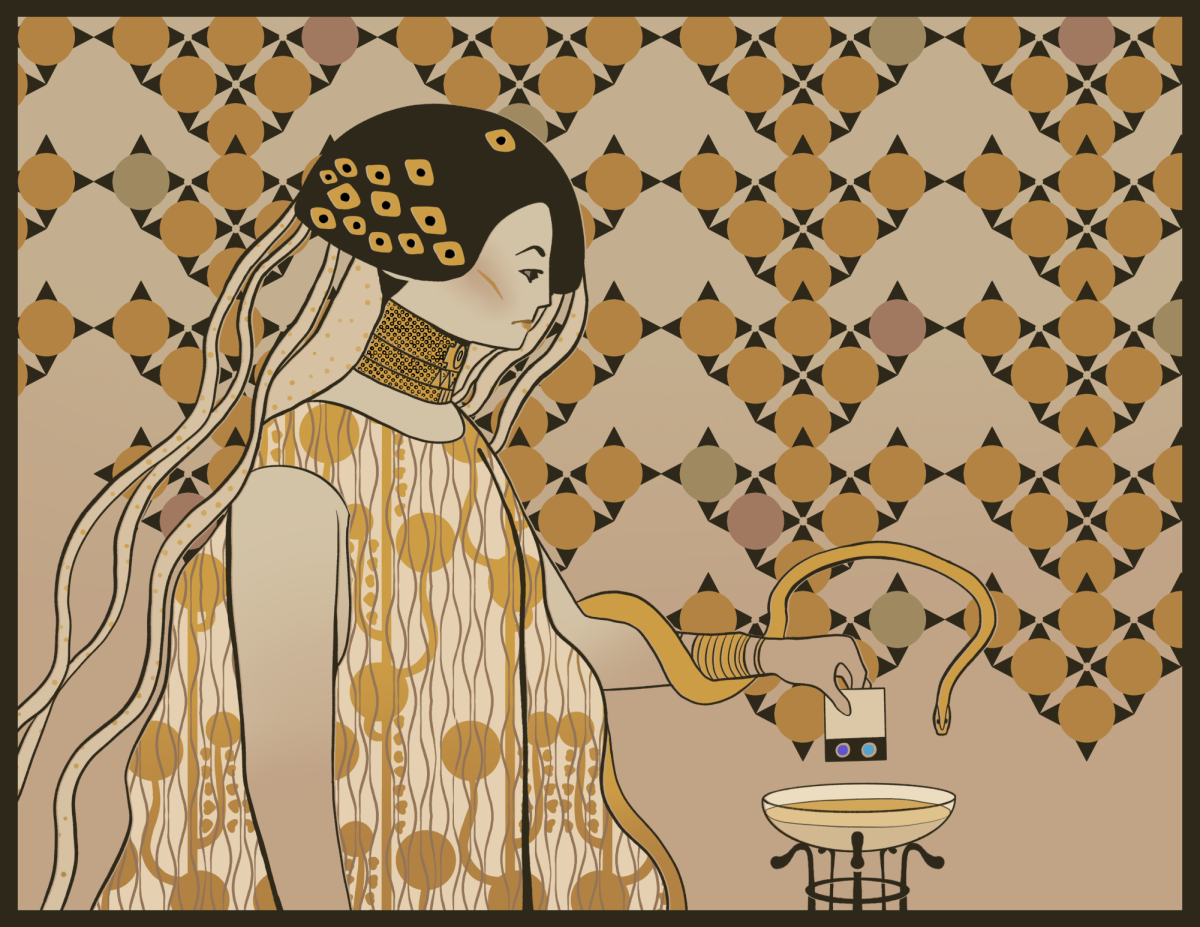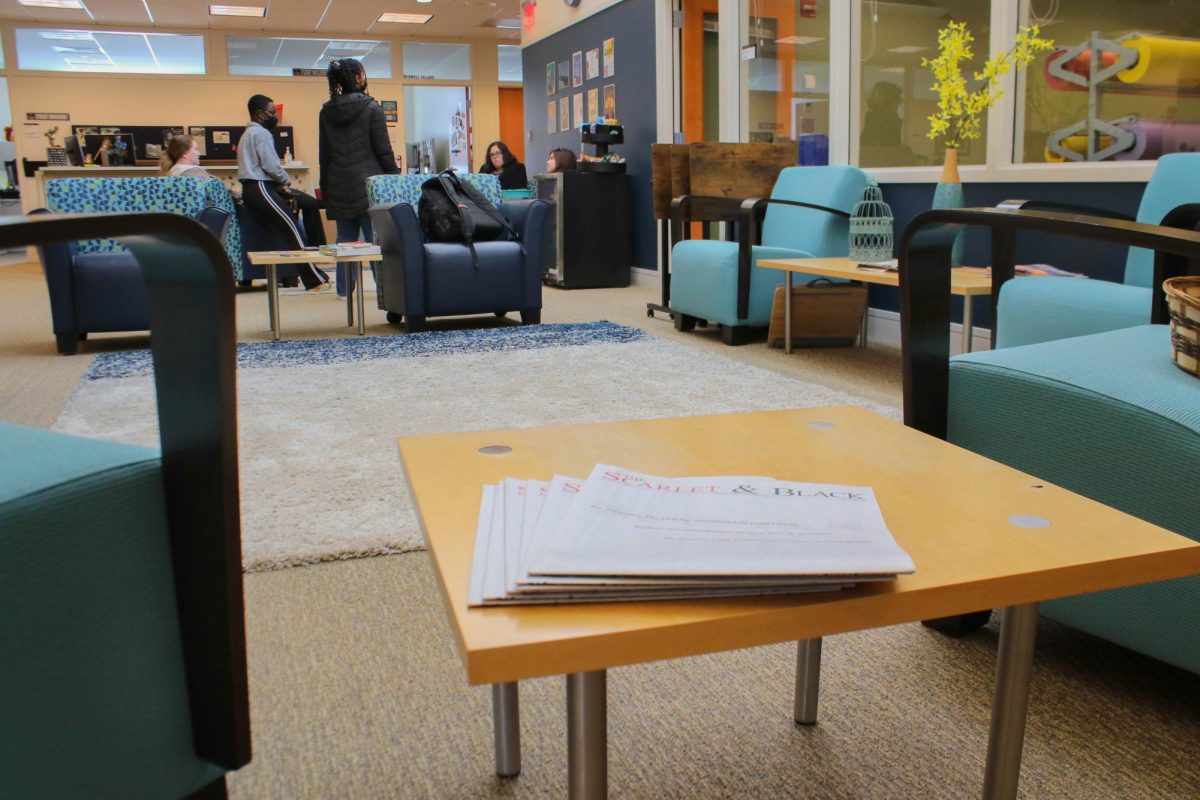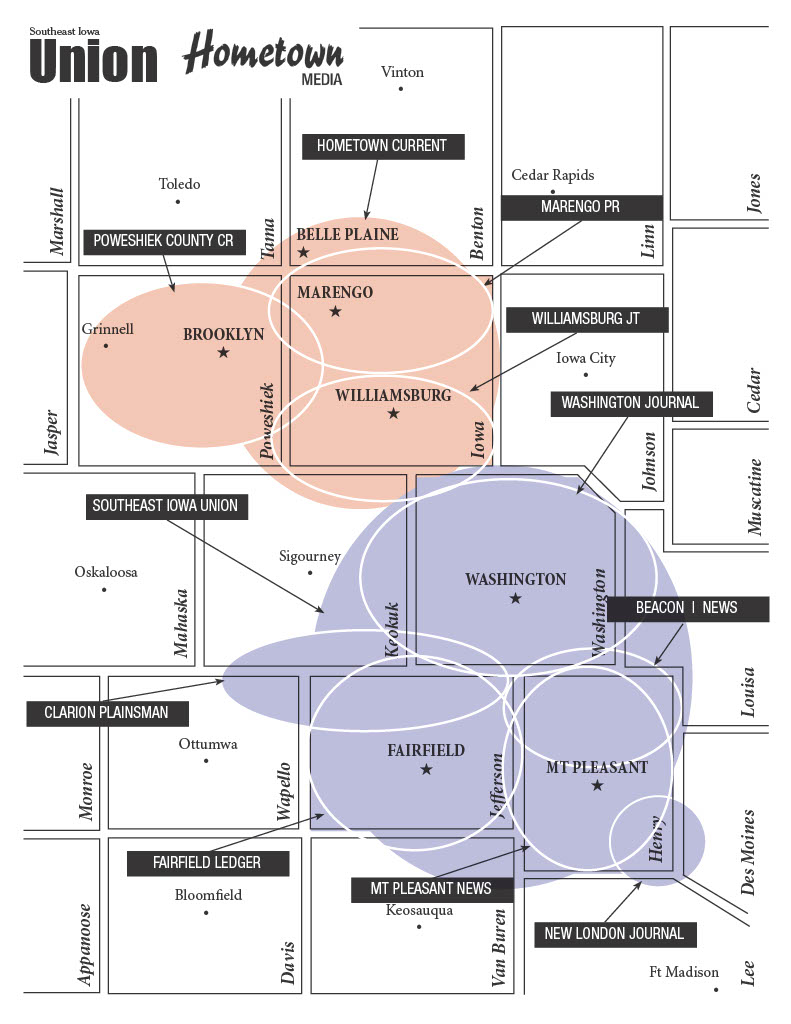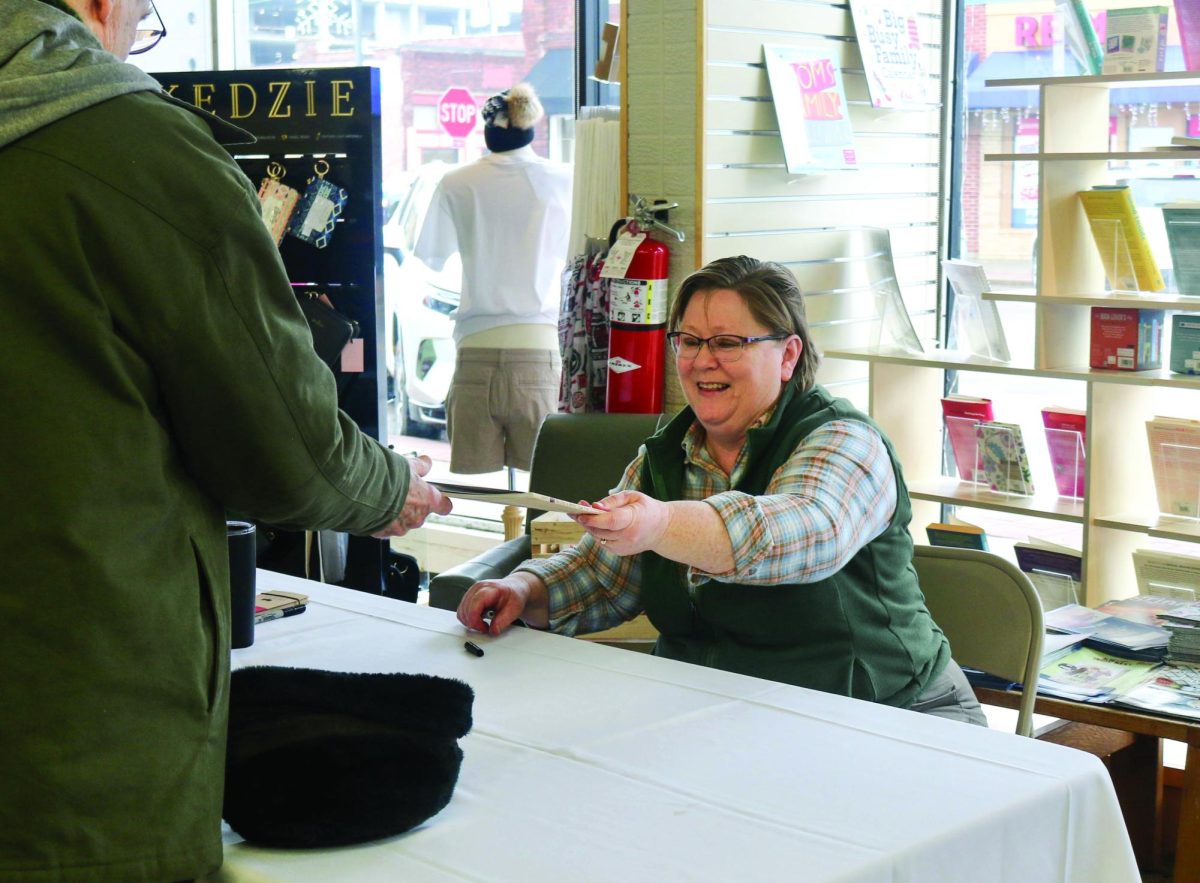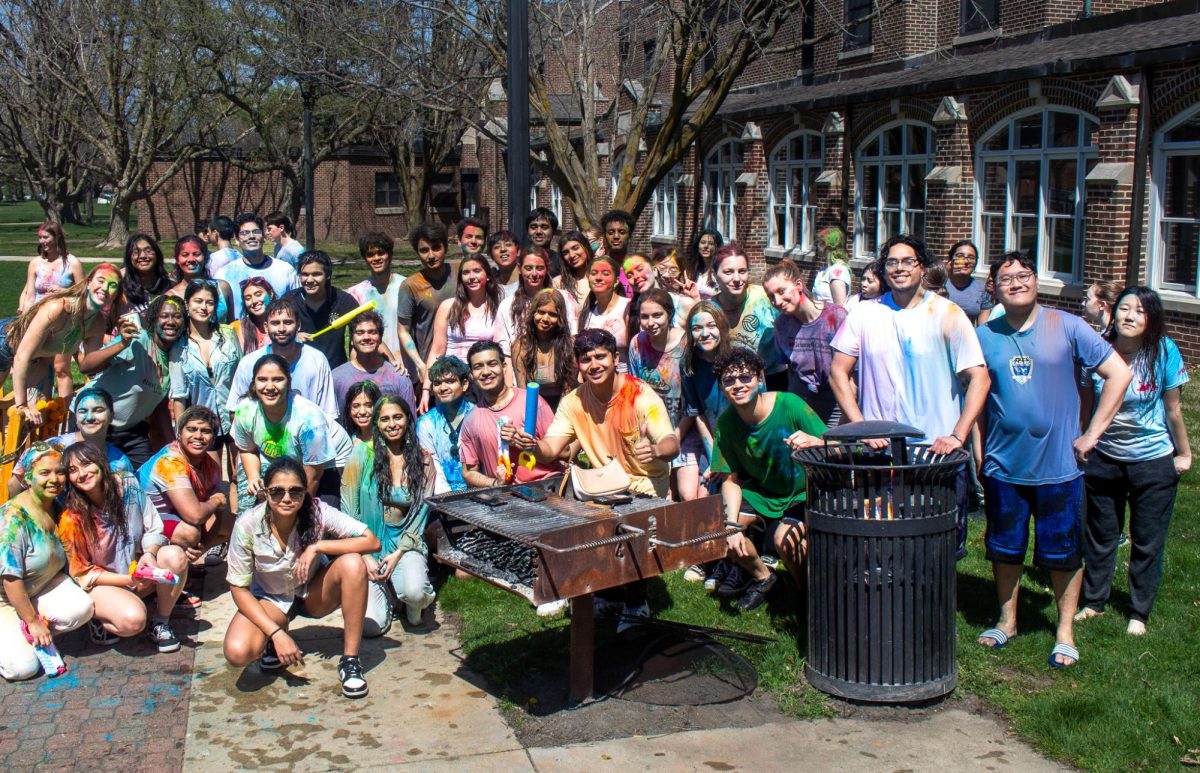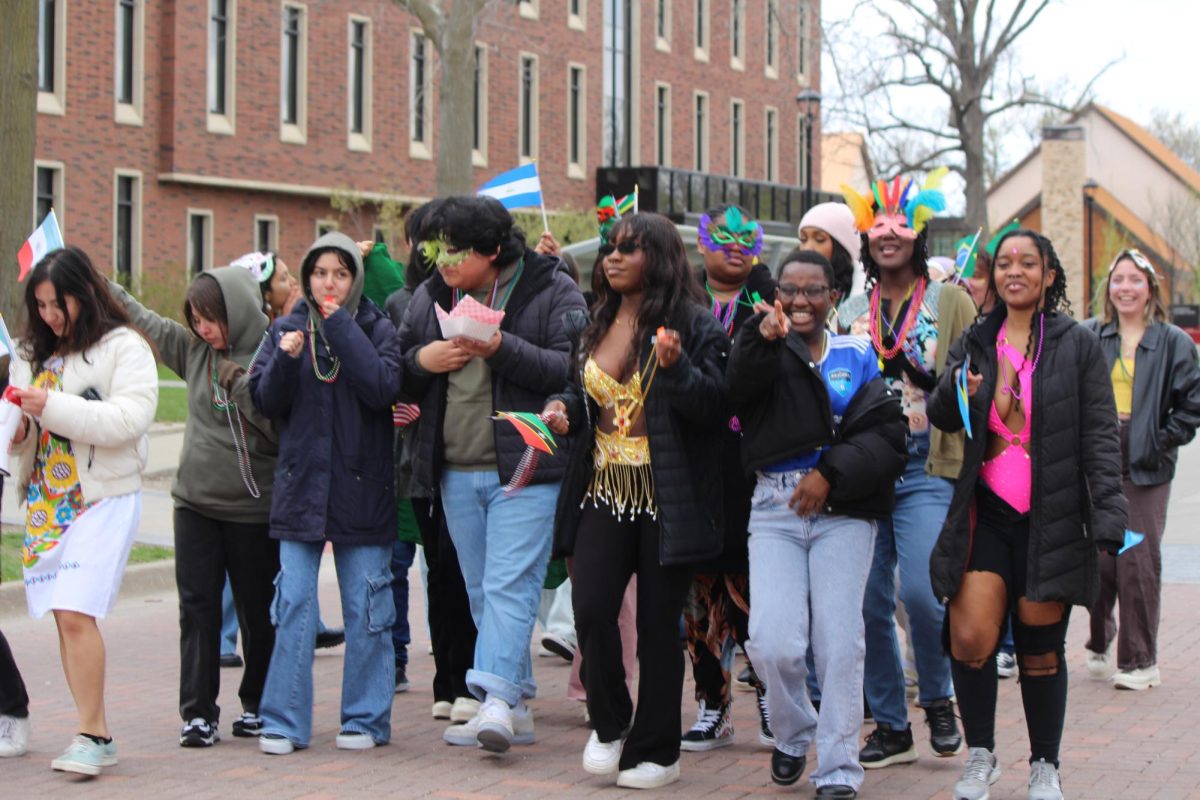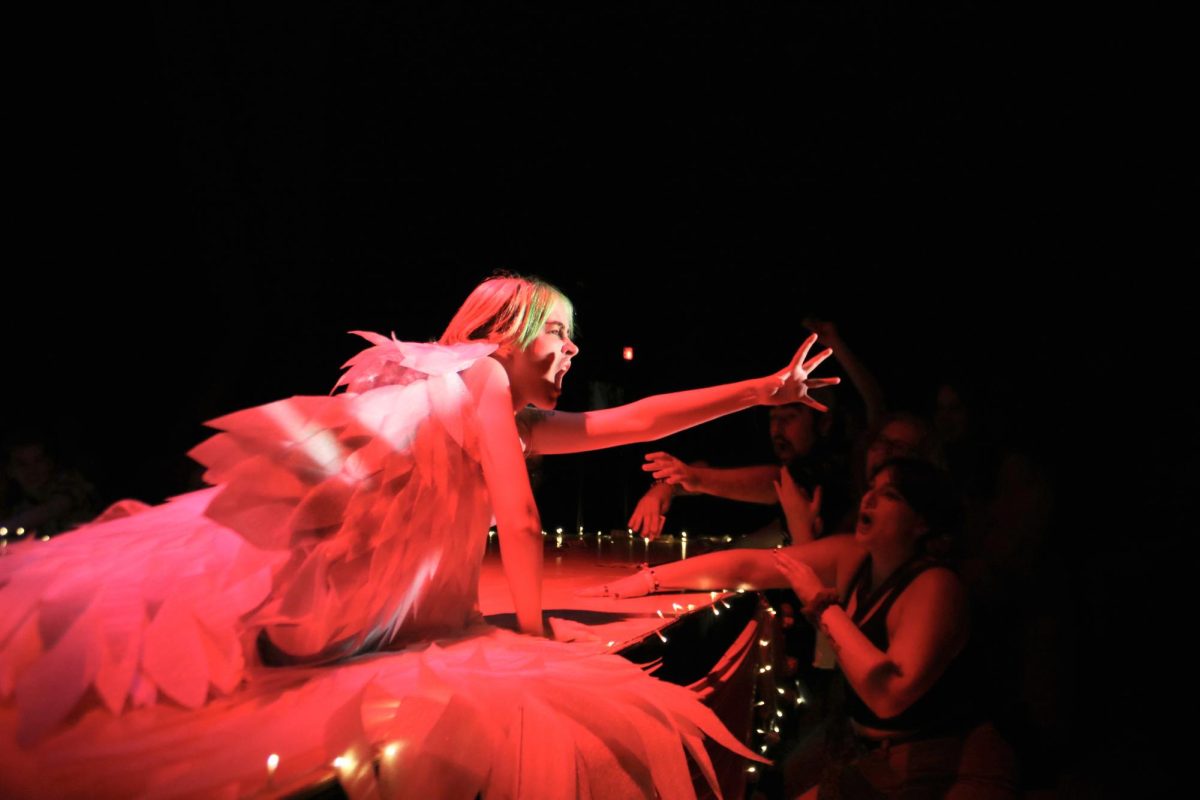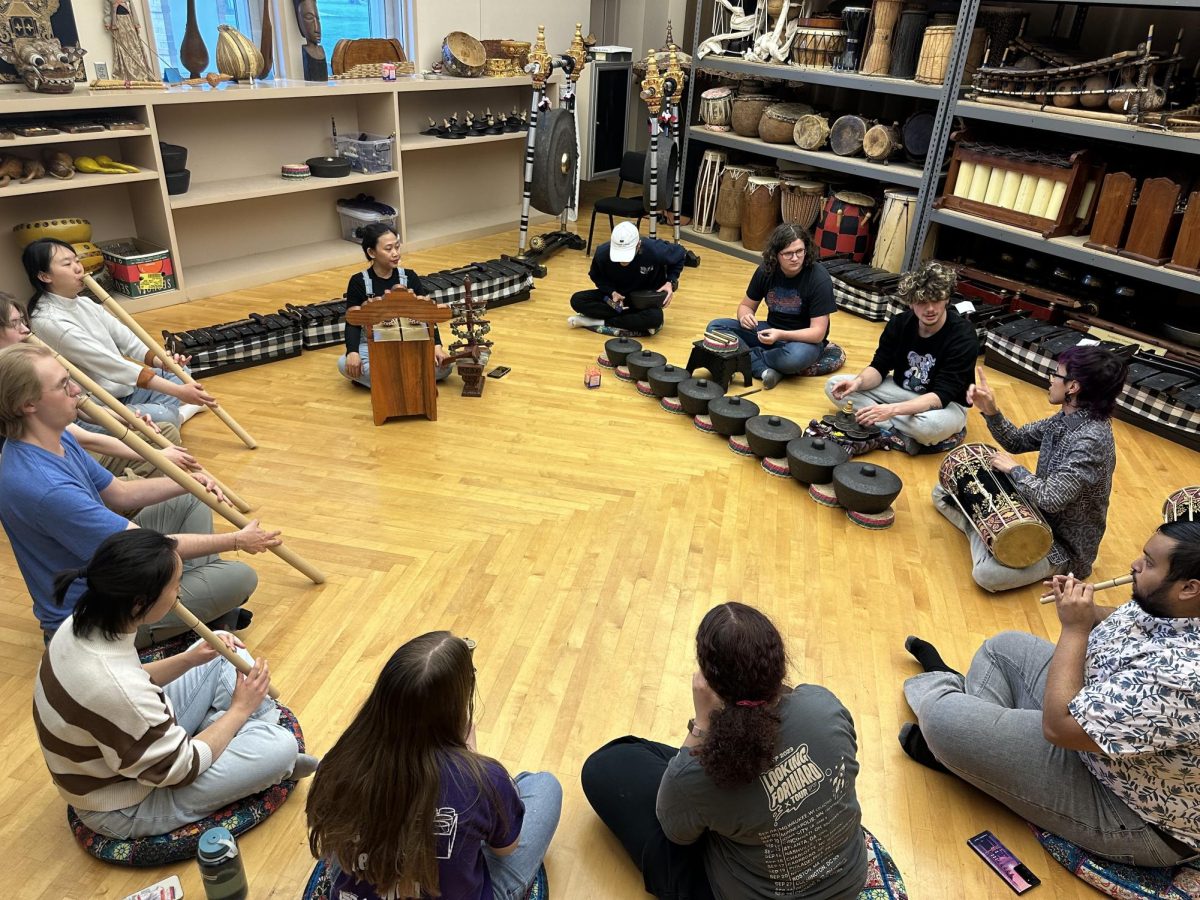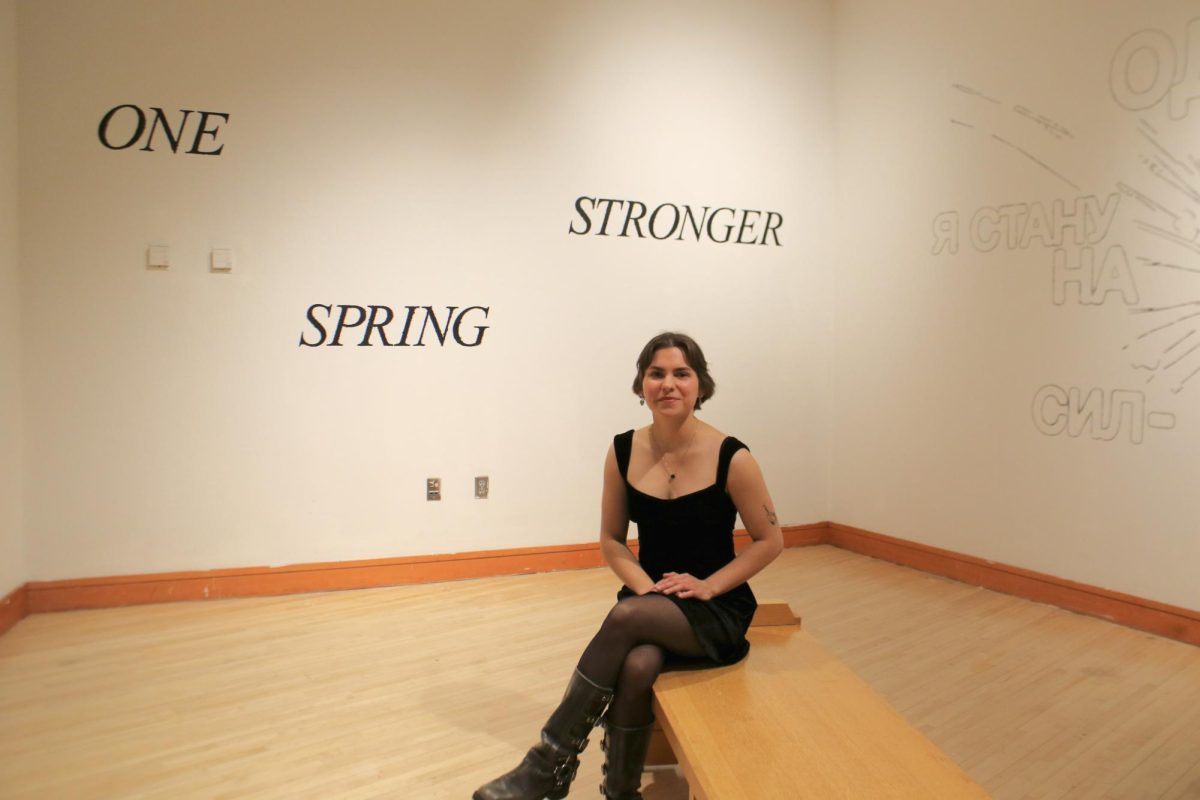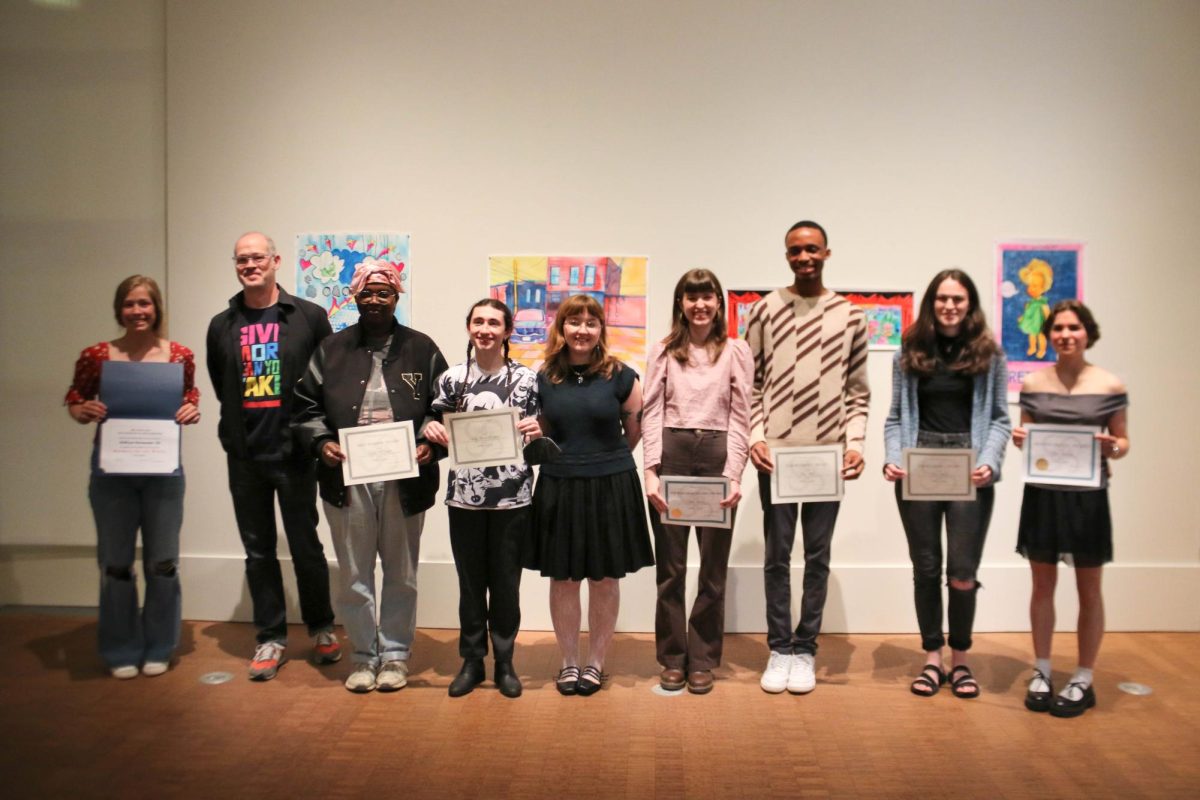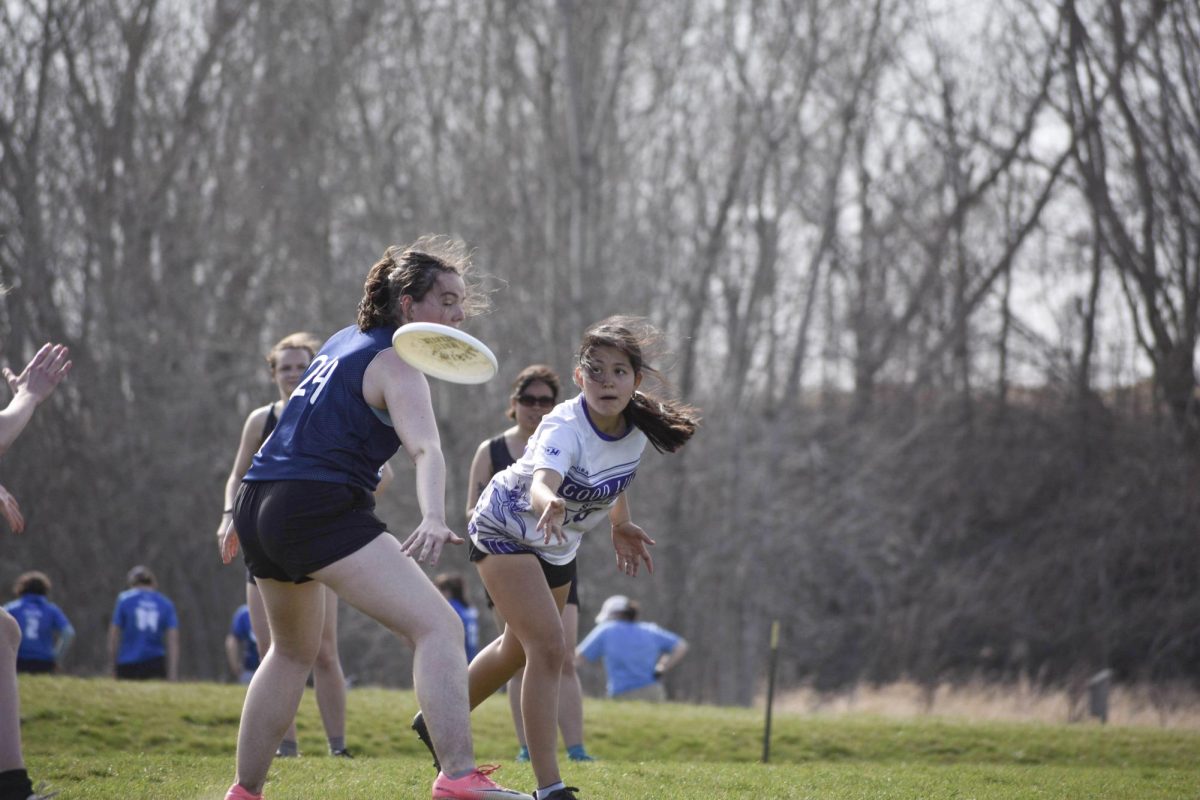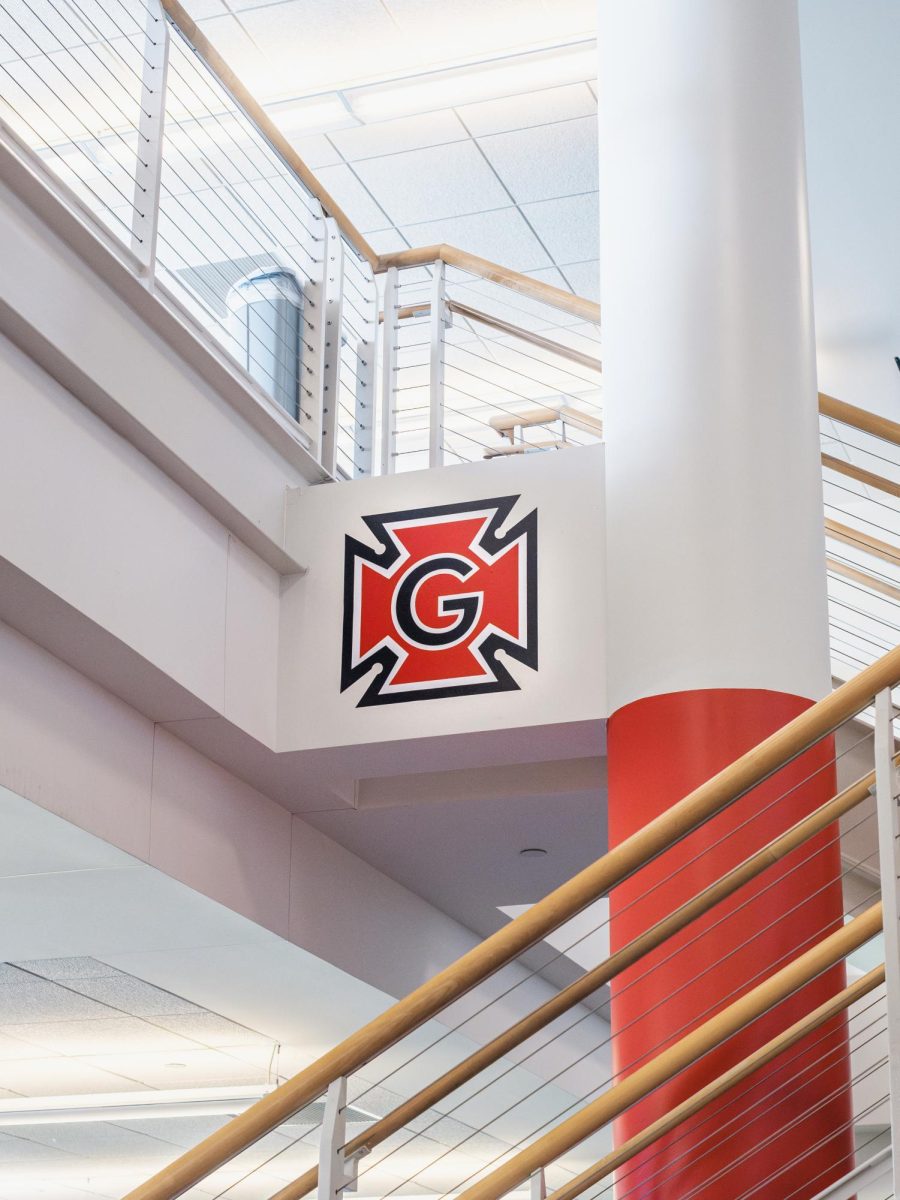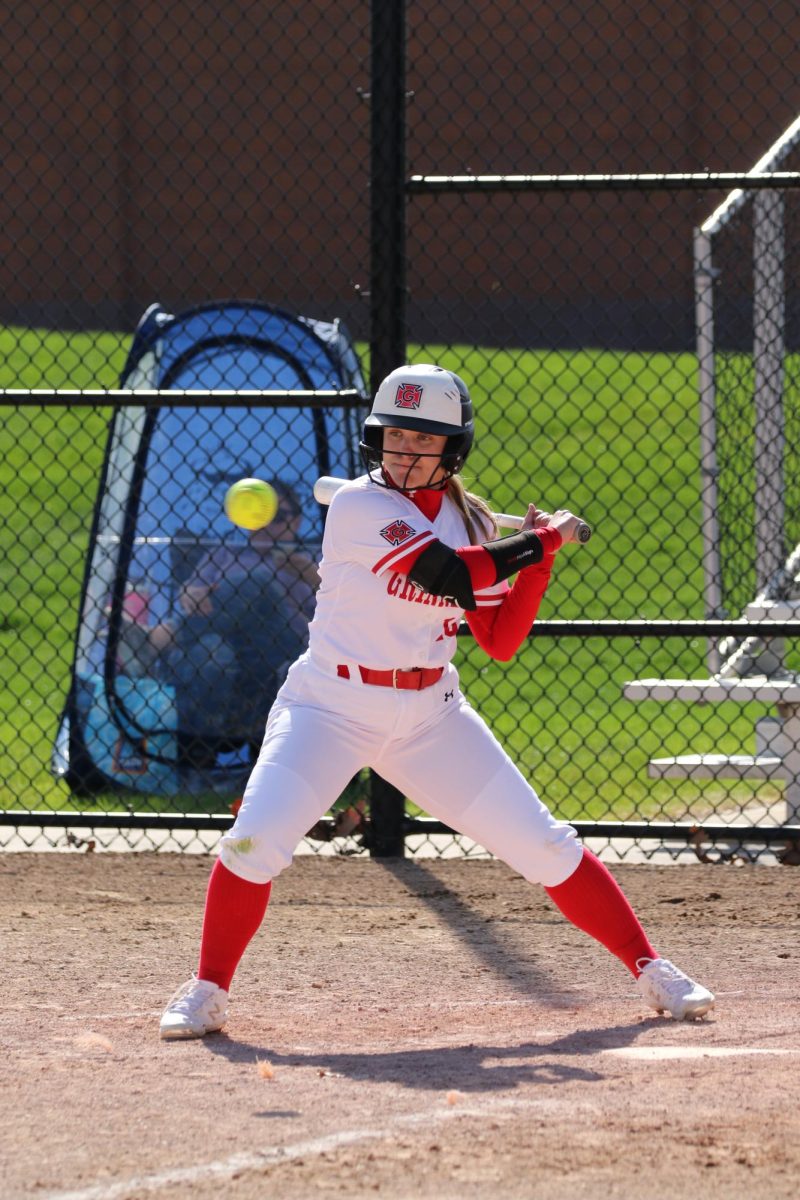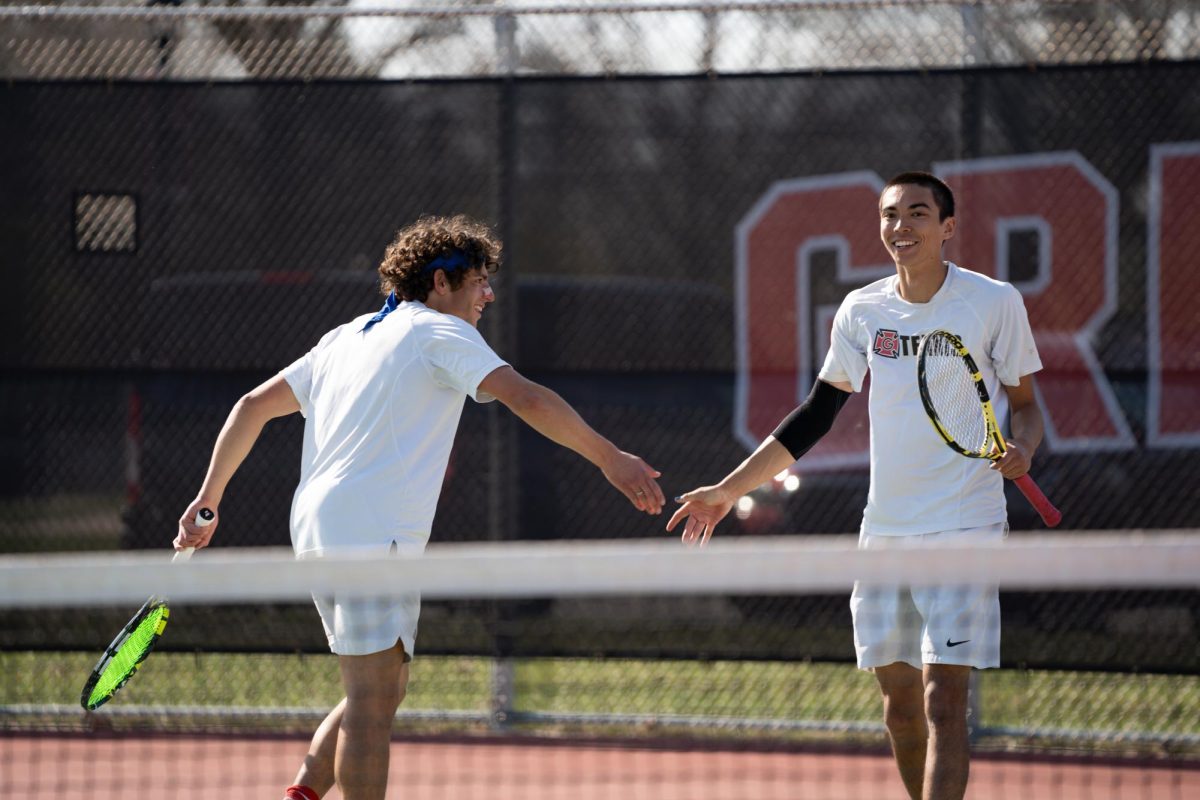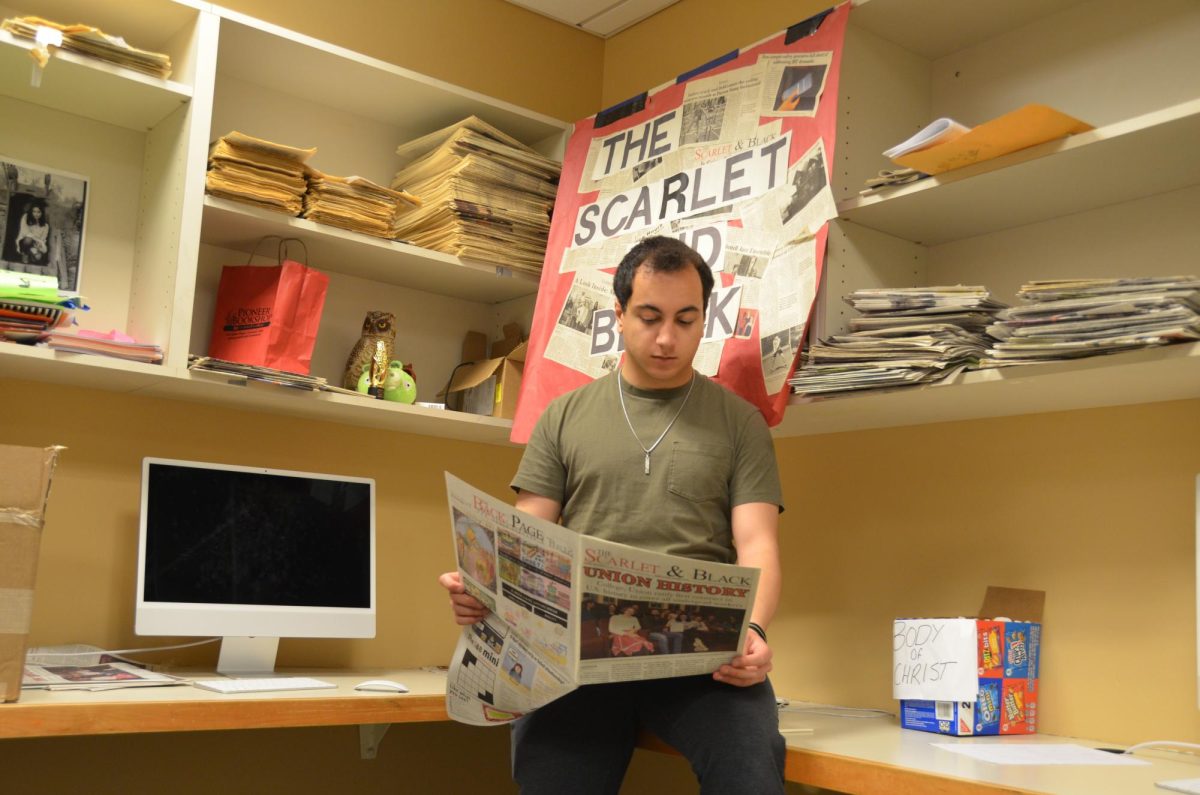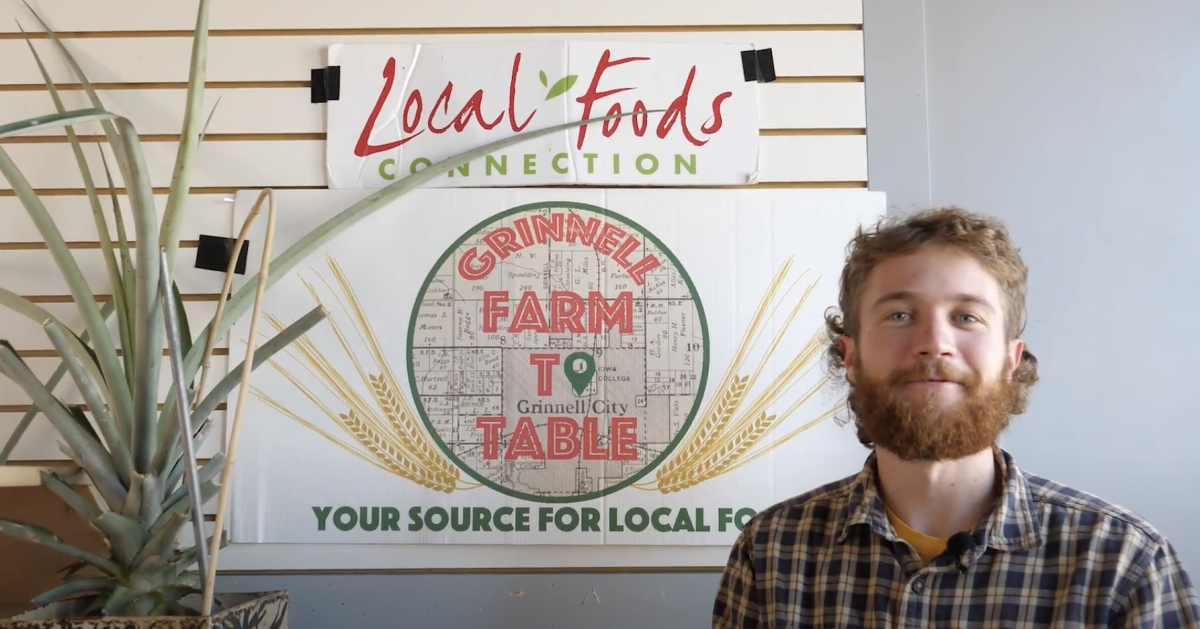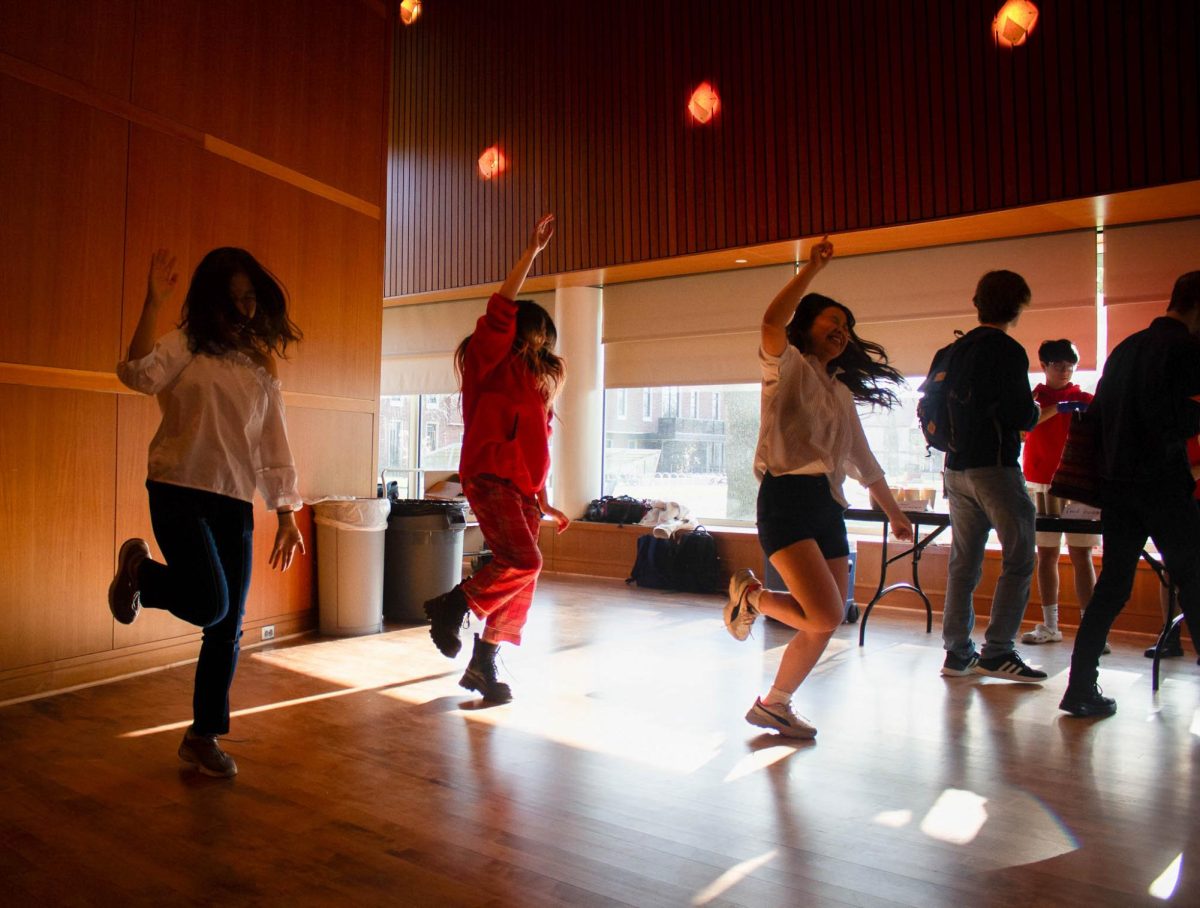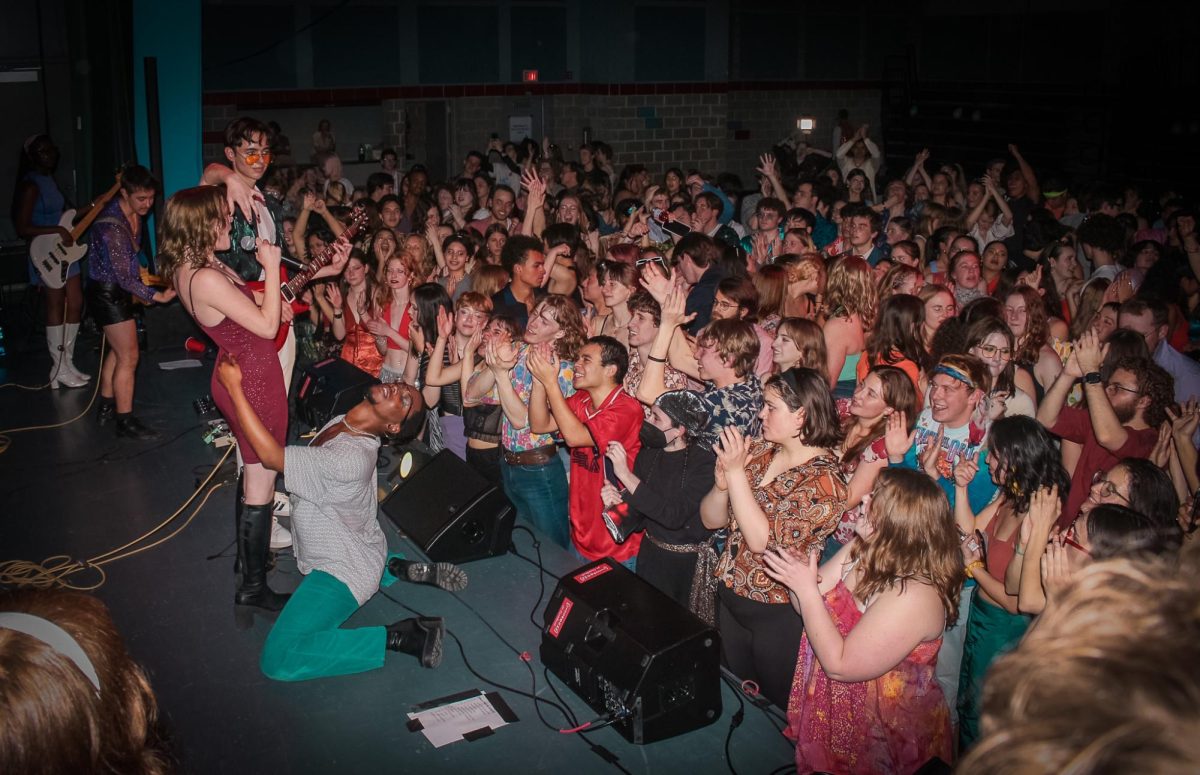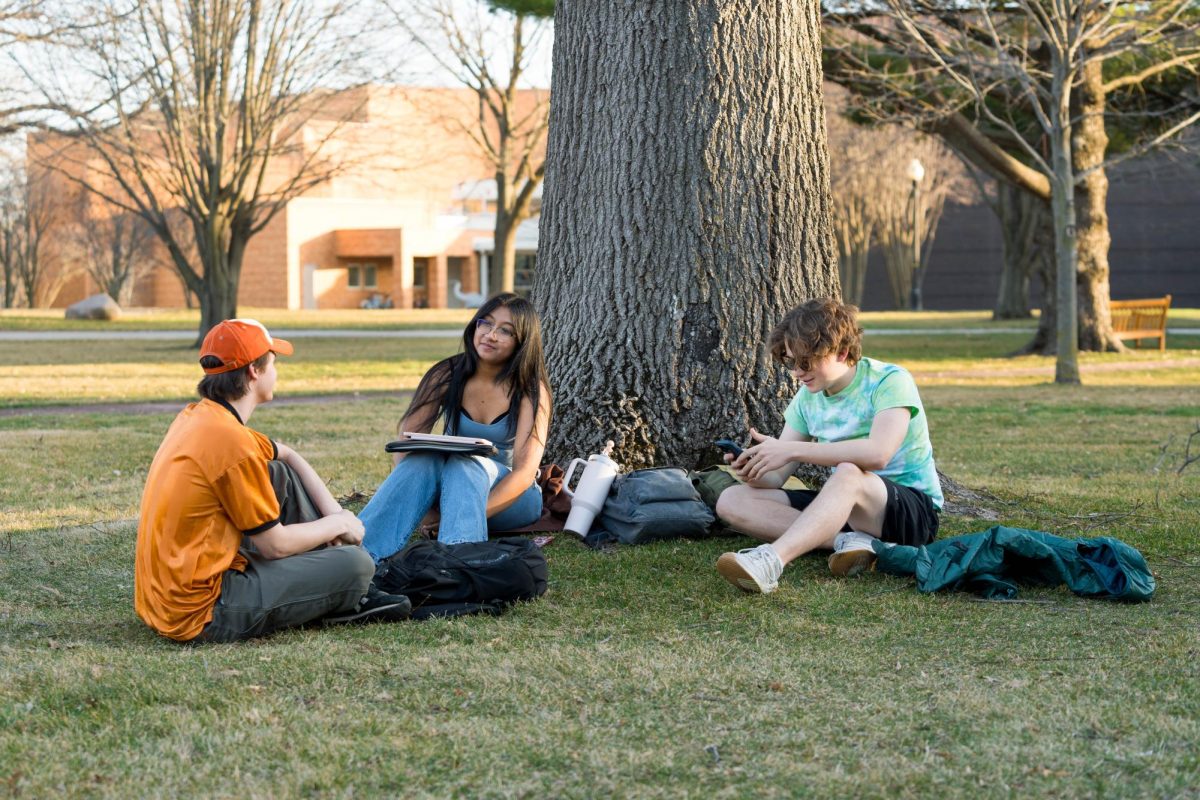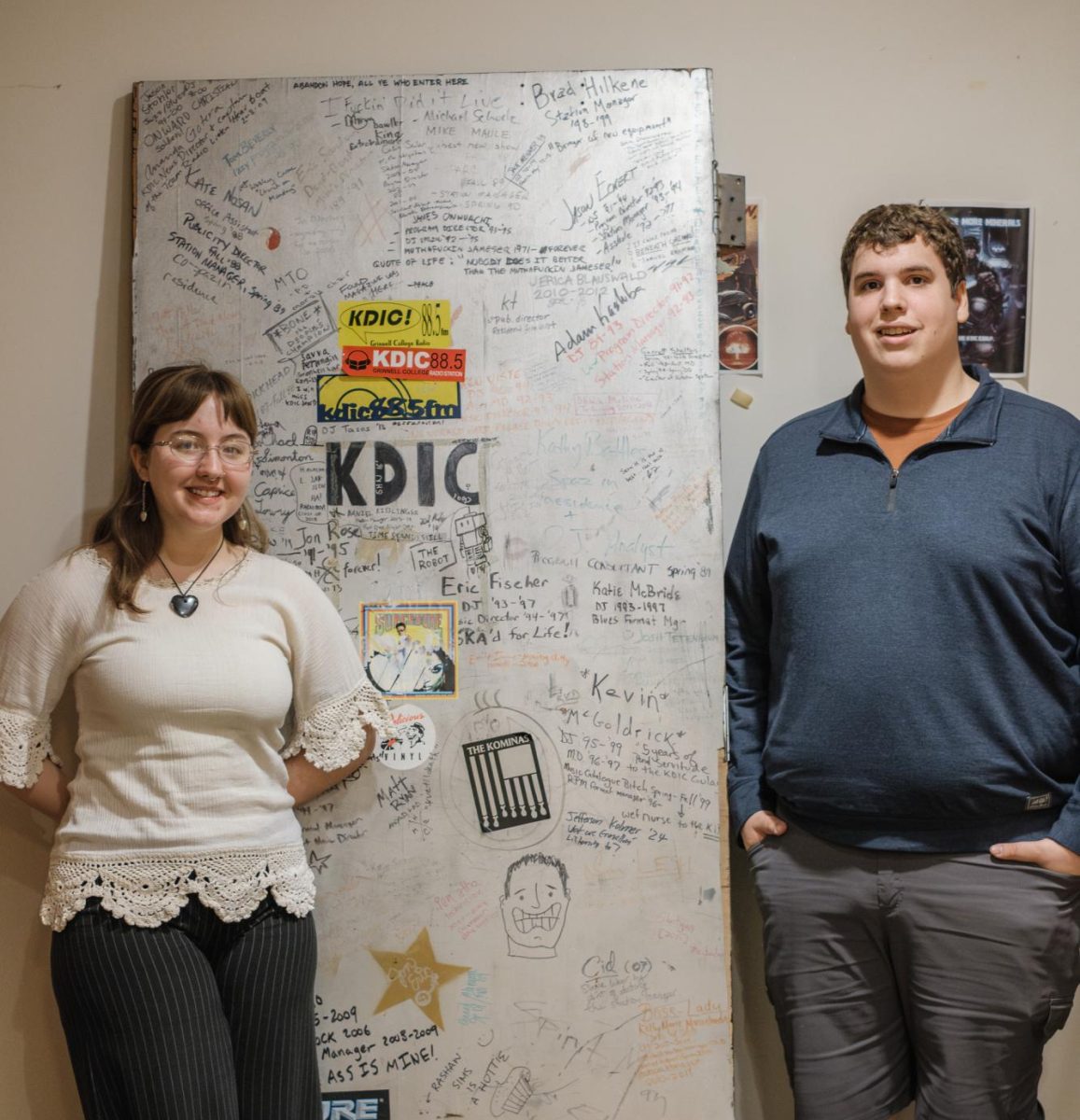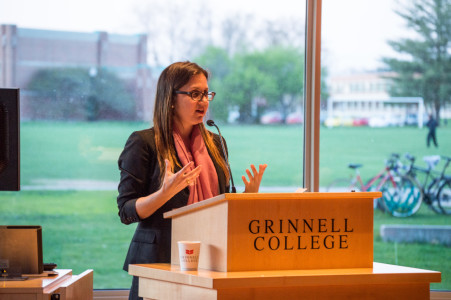
Susan Bernofsky gave both a roundtable discussion with visiting German writer Thomas Pletzinger and a reading in the JRC last Monday, April 20, hosted by the Translation Collective program. Bernofsky is a translator of German texts, known for her translations of Robert Walser, Yoko Tawada and Jenny Erpenbeck. She also teaches literary translation in the MFA Writing Program at Columbia University School of the Arts in New York. The S&B’s Kelly Pyzik sat down with Bernofsky after her roundtable on Monday.
How can one decide which translation of a work to read when there are multiple translations and no clear way to identify the differences?
Anybody who teaches literature, every time they’re picking which book to assign to their students, as a teacher you’re going through this decision-making process every time you select a foreign language book with more than one translation to pick from. Deciding which is the best translation, it kind of uses the same aesthetic judgment skills that you would use when you’re browsing in a bookstore for books to read. You know, you pick up one, you read the first page—does it grab you, does it not? Do you like the style? Do you have a strong reaction to it? Those sort of skills which are not quantifiable but are analytic skills are similar to the skills you use when deciding what translation you like. You might end up picking a translation that is not very faithful to the original, and that’s hard to know unless you know the other language, but usually the translation that is best written is also faithful. … Find the one that is best written, because that’s probably the one you’ll most enjoy reading. … I tell people to look for a well-written, intelligent style, because usually the translators who have the chops to do that also have the chops to remain faithful to the original.
What are your biggest priorities with a work in translation?
Number one, it has got to be a good book. … Ideally, the translation is written well enough and interesting and engaging to satisfy all the requirements of readerly enjoyment. And that’s crucial, because if you’re translating a great novel and you translate it in a way that’s really awkward and clunky but accurately conveys all the information that was conveyed in the original, who cares? Because what we love about novels is not the information conveyed in it … What we love about great writing is that the information is conveyed in a way that touches us. Ideally the translation will work just that way as well. … Books die in translation if they’re translated in a dry, boring way.
As a professor who teaches literary translation, what are the most common myths or conceptions you have to change when introducing students to translation work?
The single most often heard phrase that I’m combatting would be, “But that’s what it says in the original,” to explain why some hideously horrible sentence in English has to be the way it’s translated. People come in with this notion of what fidelity is—meaning semantic precision. … A lot of what I do is getting people to understand the more complex framework in which we’re asking that question, “What is fidelity in translation?” There’s a fidelity to sound … I’m having a conversation right now with a publisher over a manuscript of stories by Robert Walzer about art and artists, and a lot of them have the word forest in the title. Christine Bergen is getting permissions for art that goes with the various stories and she says, “Well, your text says forest in the title and I see in the title of the painting that it says wood, as opposed to forest.” Well, German does not have two words for wood and forest, so this idea that we might differentiate between what a wood and what a forest is, that’s an English-specific notion. On the other hand, there are two different kinds of deer in German, with two different names, and to this day I still do not understand the difference between them.
You said in your roundtable discussion that the default in this country is to think of translation as mechanical—as opposed to what?
As opposed to model of translation that thinks of literary translation as a form of writing. Even the fact that somebody is programming computers to translate … I think the tradition probably developed because people used to translate as a way to learn classic languages. People would learn these languages by translating into them and out of them, into them and out of them, and it became this sort of drudgery, this mechanical thing. … I think it’s that tradition that is probably responsible for the mechanical idea of translation that a lot of people have. Whereas anyone who practices translation, even for the first or second time, learns how rare it is to find a perfect one-to-one correspondence in translation. … The countries in which I have expertise all seem to think of it similarly … except that the profession of literary translator is better established—there is a union, there are minimum rates, there are copyright protections for literary translators in Germany.
Why is it that works in translation seem to be much less popular in the U.S. than other countries?
Economics. In the U.S., it’s only a tiny percentage of books sold in this country that are translations. Americans tend to only buy books written in English. And in part that’s due to our corporatized structure of publishing. It’s much cheaper for a publishing house to print a gazillion copies of one book and sell it to everybody, than to print ten different books and sell them. … Producing the book, it’s not the number of copies that make it expensive—it’s the editing, paying the writer, paying the translator. In our country, this business-driven model of publishing took over faster than in other countries, but Germany caught up quickly. Most of the big New York publishing houses belong to German corporations, a little-known fact. … It used to be like every town had its small bookstores, one or two, but now with big chains like Barnes and Noble or Amazon … came the phenomenon of the same selection of books in every store, which didn’t used to be the case. It used to be that the bookseller ordered the books that were right for that community, that would sell in that community. The standardization of chain bookstores led to the growth of bestseller culture—they would publish huge quantities of a few titles which would be the bestsellers and then the bookstores would have big displays in the front with many copies of those bestsellers … This economic streamlining in general has not been so good for literary culture.
What do you most enjoy about the work of translating?
I love the puzzle aspect of it. I love beautiful sentences. Making beautiful sentences was always my favorite part of writing anyway. A story for me would just be something for me to hang beautiful sentences on, I loved the tactileness of language. I love working on the sort of puzzle character of finding the right word. It’s like a crossword puzzle, but then you come up with something nice at the end, instead of just a filled-out grid.














